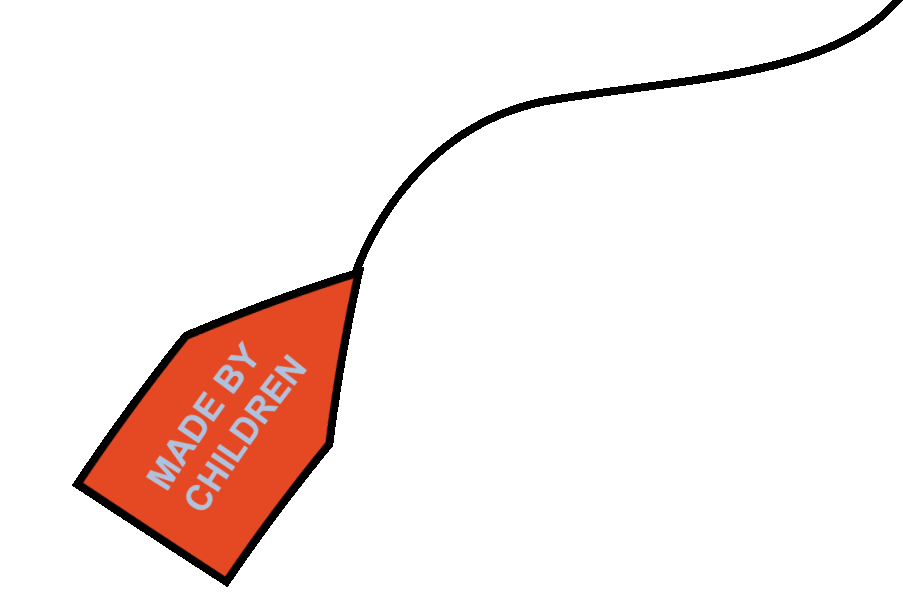

Child labour in the fashion supply chain

“ Around 260 million children are in employment around the world. “
The International Labour Organisation (ILO) estimates that 170 million are engaged in child labour, with many making textiles and garments to satisfy the demand of consumers in Europe, the US, and beyond. Many child labourers work within the fashion supply chain.
Child Labour


Much of the supply chain requires low-skilled labour and some tasks are even better suited to children than adults.
Fast fashion pushes companies to find ever-cheaper sources of labour.False promises of earning decent wages.
Children are seen as obedient workers (Easy to manage). Fashion supply chain is hugely complex and it is hard for companies to control every stage of production.

Where is it happening?
Egypt
Uzbekistan
Pakistan
India
Bangladesh
Thailand
China


What are the challenges?

Lotte Schuurman at the Fair Wear Foundation says if parents have no education they will end up in low-paid work; their children will be forced to work, they will miss out on their education, and they too will end up in low-paid work as adults. “You need to get out of that vicious circle of poverty to decline child labour,” she says.


What can be done?


1 Businesses can sign the Fair Wear Foundation code of labour practices, which do not allow for the use of child labour.
2 Brands can start off by creating a supply register.
3 Make workers aware of their rights so they know where to file a complaint.
4 Watch out for signs that the factory is sub-contracting.
5 Companies can adjust their purchasing practices to ensure the factories they have inspected fulfil their orders.